Why does the mountain jersey have red dots? Get to know the most important jerseys of the Tour de France
Do you know the Tour de France jerseys and their meaning? Do you know how to get them and how to keep them? The jerseys of the Tour de France have become famous worldwide and represent different awards for different facets.
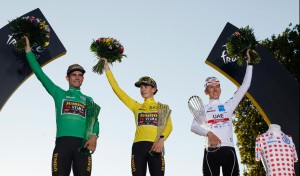
The 2023 Tour de France jerseys
There are four of them and they point out the best rider of the peloton in a certain segment or based on a certain characteristic. Since the race imposed them, they have been making their way into the minds of spectators, who have learned to identify them easily. The leader's jersey, the yellow one, is the best known, but there are three others of distinction. In total, in the Tour de France 2023 you will see these four:
Yellow jersey
It is the supreme and very few and very privileged cyclists have worn it. Not to mention those who have kept it until they crossed Paris to become winners of the round.
RECOMENDADO

When do helmets have to be changed? Do they have an expiration date?

The best apps for cycling and mountain biking

Black Friday 2025 cycling bargains: save on Garmin, POC, Maxxis and more

Black Friday Garmin 2025: the ultimate guide to choosing your GPS at the best price
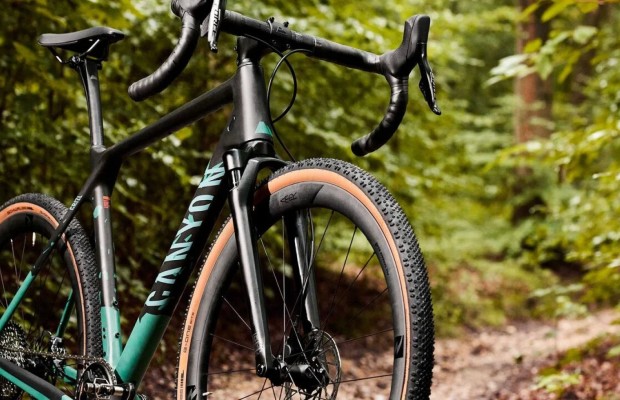
Do you need suspension on your gravel bike?

A real workout saver of only 56 min on the turbo trainer
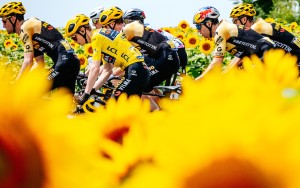
The yellow jersey was introduced by Henri Desgrange, creator of the race, during the 1919 Tour to distinguish the leader of the race. Yellow was chosen as a reference to the color of the pages of the newspaper l'Auto that organized the race and its first wearer was the Frenchman Eugène Christophe, the same man who the previous year had said goodbye to all his chances of victory when he broke the fork of his bike going down the Tourmalet and had to repair it in the forge of the nearest village with his own hands.
In 1919, he also failed to finish first in Paris, where he occupied the third step of the podium.
Of course, no one even comes close to the 97 days worn by the legendary Eddy Merckx, followed at a distance by Bernard Hinault's 76 days or Miguel Indurain's 60.
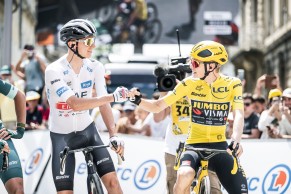
Green jersey
Although during the first two editions of the Tour de France the winner was decided, as today, taking into account the time accumulated by the riders throughout the different stages, the scandal of the 1904 Tour, in which many cyclists were disqualified when it became known that they had completed part of the route in cars and trains, forced the organizers to establish the following year a classification system based on points according to the position of the competitors at the end of each stage.
This system was in force until 1912, when the time system was restored. However, in 1953, coinciding with the 50th anniversary of the race, the Tour de France decided to bring back the idea of points by creating a parallel classification in which the riders added up according to their place at the finish line and, later, also by counting an intermediate sprint at the halfway point of the stage.
The color green was chosen to distinguish the leader of this classification because it was the color used by the lawn mower brand that sponsored it.
Peter Sagan is currently the rider who has won this title the most times, no less than 7 times, the last one in 2019. He is followed, just one behind, by a legend like Erik Zabel.
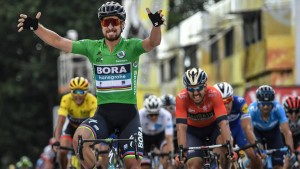
Red dotted jersey
It identifies the leader of the mountain classification, who gets points by crossing in leading positions the various passes along the Tour de France route.
In the Grande Boucle, the mountain passes are categorized into 5 levels according to their length and difficulty of its ramps, from the 4th category, often little more than simple steep slopes that are intercalated in the flat stages to award points for this classification, just a single point to the rider who passes first, to the so-called Hors Categorie or out of category, which award points to the first 8 riders to crown, awarding the first rider no less than 20 points.
Between 1905 and 1932 the Tour de France elected at the end of each edition the best climber. However, it was not until 1933 that an official classification as we know it today was established, although it did not have a distinctive jersey until 1975.
By the way, the first to win this classification is none other than the Cantabrian Vicente Trueba, the flea of Torrelavega, who had already obtained in the previous edition the recognition, then unofficial, of the organization.
Also a Spaniard, none other than Federico Martín Bahamontes, was in the history of this jersey after years of being the one who had won this classification the most times, no less than 6 times. That was until Richard Virenque surpassed that mark by winning it on one more occasion.
Today it is a classification that, unlike the green jersey, which still enjoys full prestige, has been somewhat devalued by the double value of points awarded in the final climbs, which gives a clear advantage to those fighting for the general classification.

White jersey
In addition to the general classification, there is the ranking of the best young riders, which includes riders born after January 1, 1997, i.e. 25 years old or younger.
As in the general classification, it is the accumulated times that determine the order of the classification. However, the precocity of the current stars of this sport has distorted, as it happens with the classification of the mountain, this jersey that has been conquered in the last editions by Tadej Pogacar.
This jersey has not always recognized the best young cyclist. Until 1975 it was used to distinguish the leader of the combined classification that grouped the positions in the overall, points and mountains. In that year it changed its character to the current one, although using different references. In some years the age and between 1983 and 1986 it was only reserved for debutants in the Tour de France.
As a curiosity, Laurent Fignon, Jan Ulrich, Alberto Contador, Andy Schleck, Egan Bernal and Tadej Pogacar are the only riders to have won the yellow jersey in this classification.
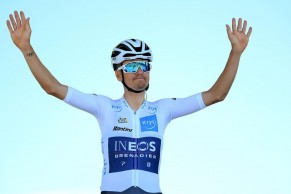
Other classifications
In addition to the distinctive jerseys, the Tour de France has two other classifications.
The first of these is the team classification that distinguishes the best team in the race. For this purpose, a ranking is established in which the times of the 3 best riders of the different teams at the end of each stage are added up. The leading team in this ranking must wear specific bibs with a yellow background and a yellow helmet.

Although it is not a classification as such, at the end of each stage the Tour de France awards a prize to the most combative rider of the day, who will wear a bib with a red background as a reference the following day. In addition, at the end of the Tour de France, a jury chooses the most combative rider over the three weeks.